Kalimar 400mm F63 Telephoto Manual-focus Lens for Nikon F Mount Reviews
During the past few years, Nikon has been slowly replacing its high-end super-telephoto lenses with newer applied science using lightweight fluorite lens elements, shedding off a lot of weight and making additional improvements to lens designs, making the already potent lenses even amend. After the 800mm f/5.6E VR monster, it was time for Nikon to update its legendary 400mm f/2.8G VR with the newer version, so that's how the Nikkor 400mm f/2.8E FL VR came to life.
Even though Nikon is planning to update every super-telephoto lens in its line-upwardly with lighter lenses featuring fluorite elements (which includes the 200mm f/2, 300mm f/ii.viii, 500mm f/4 and 600mm f/iv lenses), Nikon decided to outset with the 400mm f/ii.eight, because it is one of the lenses that would get the most benefit from the fluorite lens design. Weighing in at a whopping four.6 kg, the previous generation 400mm f/two.8G VR was a monster of a lens to handle and impractical to hand-hold (information technology was quite a bit front-heavy).
Although information technology is quite a versatile lens and works remarkably well with all 3 Nikon teleconverters, its weight and size were its principal disadvantages, making a lot of photographers opt for other super telephoto Nikkor lenses like the 500mm f/4 instead. The newly designed 400mm f/2.8E FL VR is a whole different lens in comparison – weighing 3.viii kg, the lens is at present similar in weight as the 500mm f/4G VR, which is a not bad applied science accomplishment! Let's take a closer expect at this lens.
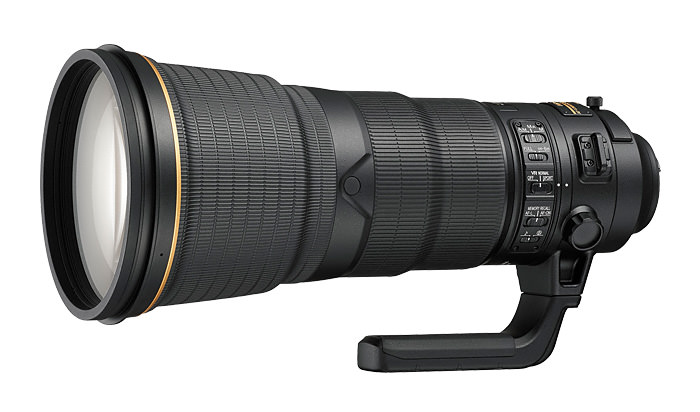
Nikon 400mm f/two.8E FL ED VR Overview
Existence a sports and activeness lens featuring fast autofocus silent moving ridge motor, the 400mm f/ii.eight is very popular amid professionals – you will oftentimes see it actively used in national and world sports events such as Olympics, Globe Cup and Super Bowl, as well equally in wildlife hot-spots and concerts around the world. Its large aperture of f/2.8, along with its complex optical design allow isolating subjects with a very shallow depth of field, beautifully rendering the out of focus highlights known as "bokeh", while retaining maximum sharpness on the subject.
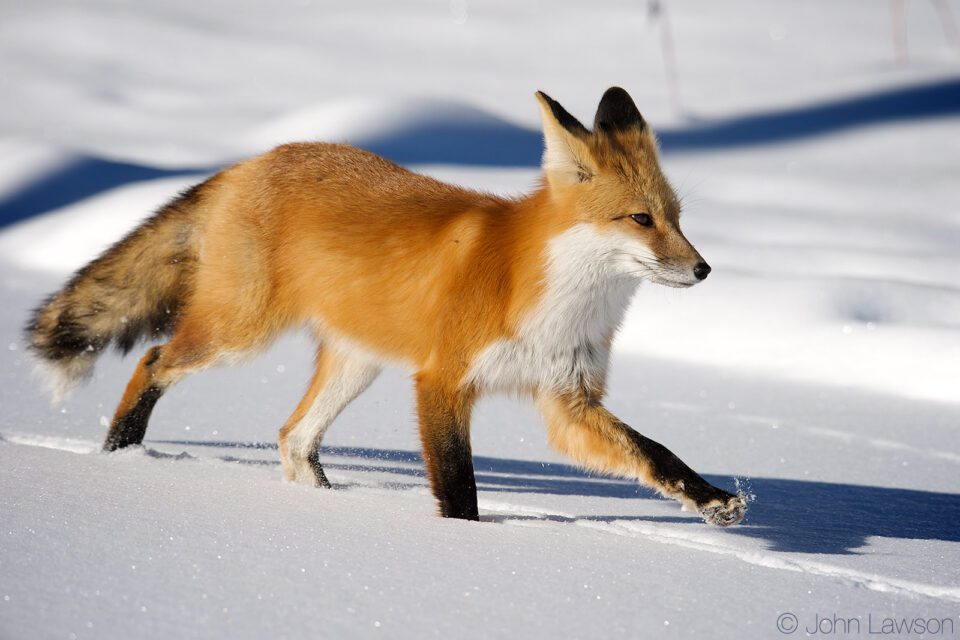
The 400mm f/two.8 is a very special lens compared to other super-telephoto lenses in terms of versatility. Aside from the 300mm f/two.8, it is the simply other lens with a fast f/2.8 aperture, which means that information technology is designed to be used with all three current Nikon teleconverters (TC-14E Three, TC-17E Two and TC-20E III), giving essentially four focal length options: 400mm, 560mm @ f/4, 680mm @ f/4.viii and 800mm @ f/5.half dozen. Although teleconverters do steal quite a bit of light, even shooting with the 2x teleconverter only slows the lens down to f/5.6. The slower f/4 lenses are usually limited to be used with the ane.4x teleconverter and rarely do well with anything longer than that.
With the newer Nikon DSLRs that accept down to -3 EV sensitivity, some lenses tin can autofocus fine with the one.7x teleconverter and even 2x teleconverter in skillful calorie-free, but commonly with heavy implications on sharpness, every bit detailed in this article. In contrast, the 400mm f/2.viii lens works seamlessly with the one.4x, very well with the ane.7x and quite well with the 2x, especially when stopped down a piddling. This makes the 400mm f/2.8 the most versatile of the agglomeration. And now that Nikon made the lens as calorie-free every bit the 500mm f/iv, it has made the lens far more attractive…
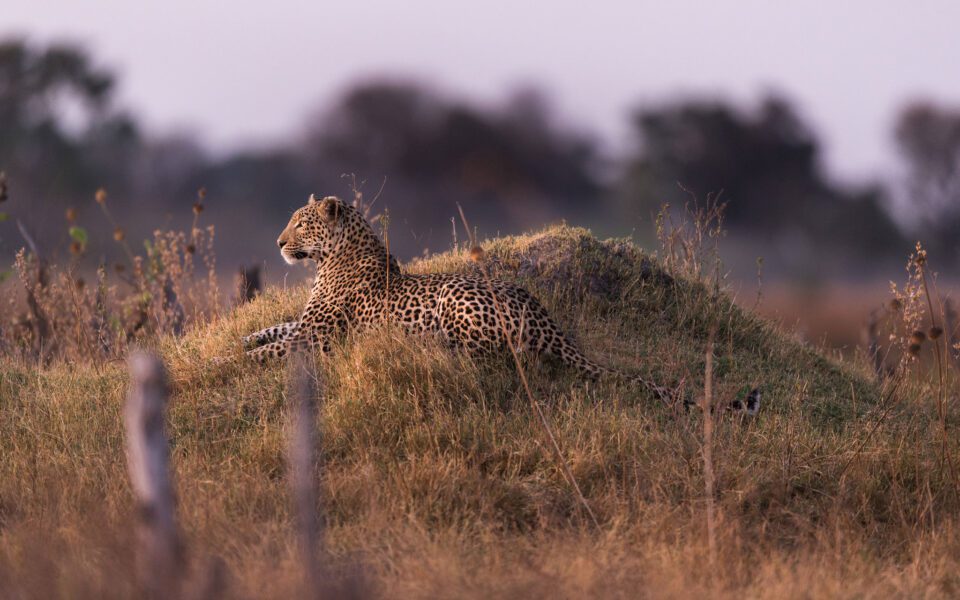
NIKON D4S + 400mm f/2.viii @ ISO 2000, 1/20, f/ii.8
The lens performs equally well on both FX and DX sensors, with a i.5x narrower field of view on DX sensor, which is equivalent to 600mm without a teleconverter. This ways that with a 2x teleconverter on a DX camera similar the Nikon D7200, you would essentially accept an equivalent field of view of 1200mm. At 1200mm, one would be challenged with keeping up with acceptably practiced sharpness for two reasons – atmospheric haze and vibrations due to lens/camera shake.
Let's now talk nigh what has changed from the previous generation 400mm f/2.8G VR. Take a look at the below comparison of lens construction between the two lenses:
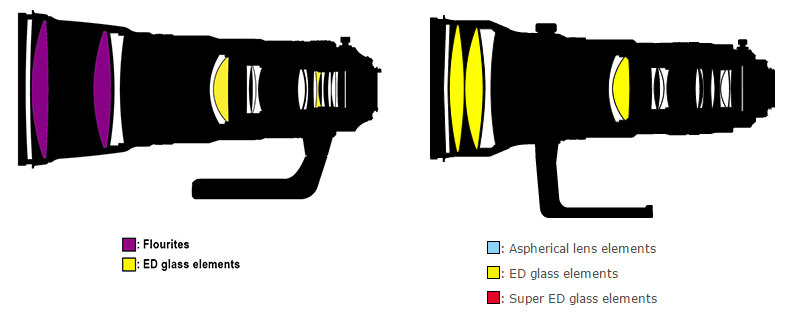
As you lot can see, the new 400mm f/2.8E VR is a totally different animate being compared to its predecessor. Pay attending to the front part of the lens – the new construction has 4 elements, two of which are fluorite, with some space in between. And those fluorite elements are far lighter than regular glass elements! As I cover in the handling section of the review further down, this was a very smart move past Nikon engineers, because it moved the heavy weight from the front office of the lens and distributed information technology more than evenly across the lens. What you don't encounter in the above nautical chart, is changes in the material used to concord those optical elements together – instead of using heavy stainless steel for the lens butt, Nikon switched to tough, aircraft-grade magnesium alloy. The older 400mm f/2.8G VR was very front heavy, which is why information technology was such a challenge to manus-hold. The new 400mm f/2.8E is far more than counterbalanced and much easier to hand-hold as a result of these design changes. Besides, pay attention to how Nikon moved the lens handle from the front of the lens to the back, which over again indicates that the weight has been drastically shifted.

It is also worth noting that the rest of the lens went through boosted changes in lens design. The previous generation 400mm f/2.8G VR had a total of 14 elements in 11 groups and the new 400mm f/two.8E VR has a total of 16 elements in 12 groups. These additional elements were added to correct more optical aberrations in order to yield sharper images with more contrast. The total number of Extra-low Dispersion (ED) elements went down from three to 2, only that does non mean that the sharpness was impacted – in fact, looking at the new 400mm f/2.8E VR MTF data, we can see that the sharpness is really increased (Left: 400mm f/two.8E VR, Right: 400mm f/2.8G VR):
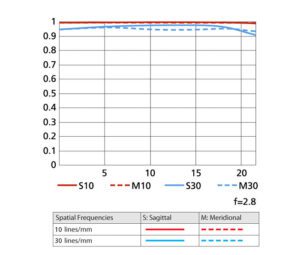
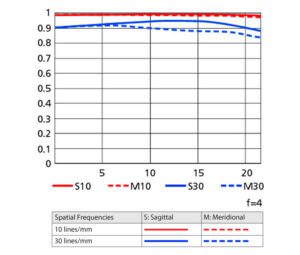
Pay attention to the 2nd blue line, which has slightly moved up and straightened – an indication of better sharpness across the frame. See my guide on how to read MTF charts if you having a difficult time understanding how these graphs work. So nosotros tin certainly await better sharpness and equally I bear witness later on on, the new 400mm f/2.8E VR indeed turned out to exist sharper than its predecessor when I measured the performance of the two with Imatest.

Nikon 400mm f/ii.8E FL ED VR Specifications
- Mount Type: Nikon F-Bayonet
- Focal Length: 400mm
- Maximum Aperture: f/2.eight
- Minimum Aperture f/22
- Maximum Angle of View: (DX-format) four°
- Maximum Angle of View: (FX-format) 6°10′
- Maximum Reproduction Ratio: 0.16x
- Lens Elements: 16
- Lens Groups: 12
- VR (Vibration Reduction) Epitome Stabilization: Yes
- Diaphragm Blades: 9
- Diaphragm Type: Electronic
- Nano Crystal Coat: Yes
- Fluorite Elements: 2
- ED Glass Elements: 2
- Super Integrated Coating: Yeah
- Autofocus: Yes
- AF-S (Silent Wave Motor): Aye
- Internal Focusing: Yes
- Minimum Focus Distance: viii.53 ft. (2.6m)
- Focus Mode: Auto, Transmission, Transmission/Auto, Car/Manual
- Filter Size: 40.5mm
- Accepts Filter Type: Skid-in
- Compatible with Nikon AF-S Teleconverters: Yes
- Dimensions (Approx.): vi.3 in. (159.five mm) 10 14.09 in. (358 mm)
- Weight (Approx.): 134 oz. (3,800g)

Detailed specifications for the lens, along with other useful information can be found in our lens database.
Lens Handling
Thanks to the changes in optical design using fluorite elements, along with the use of lightweight magnesium alloy as highlighted in this review, Nikon was able to take off over 800 grams of weight from the new 400mm f/2.8E VR, which is meaning. But it is non just the lower weight that matters – the biggest change in my opinion is the shift of weight from the forepart of the chemical element more evenly across the lens. This makes the new 400mm f/2.8E FL VR a much easier lens to paw-hold compared to its predecessor. In fact, the treatment of the lens is now very similar, if not amend, to that of the 500mm f/4G VR, which is preferred past many photographers for hand-belongings. Many of the shots captured in this review past myself and other photographers were hand-held, which is a huge indication of this lens being much more than practical in the field compared to its predecessor. My good friend John Lawson, an amazing wild animals photographer, who has been gracious enough to assist out with a number of reviews of telephoto lenses here at PL told me "I never did get used to how calorie-free it is. It is certainly hand-holdable which I remember is pretty incredible for a 400mm f/two.8 lens", so he was equally surprised by how much more practical this lens for hand-holding.

Once you attach a teleconverter on the lens, hand-holding can become a scrap tough due to dealing with much longer focal lengths. Equally you may already know, the longer the focal length and the narrower the effective field of view, the tougher it is to hand-agree a lens to get sharp results – even slight motion might issue in blurry photos. This is where paradigm stabilization, or in Nikon'due south language "Vibration Reduction" kicks in. VR makes information technology much easier to hand-hold lenses, peculiarly for framing shots. By compensating movements of your hands, VR turns "jumpy" action into much smoother movements, allowing your optics to run into subjects better. Nikon bundled the latest version of vibration reduction to the 400mm f/2.8E lens, claiming upward to 4 stops of bounty. The most important benefit of VR, nonetheless, is not how it helps you lot stabilize the shot for framing, only how it tin actually aid counter the movements in order to yield sharper images. Additional notes on VR and its effectiveness are provided beneath.

For prolonged utilize of the lens in the field, I would still recommend to mount information technology on a tripod, peculiarly when prepare to shoot from a fix surface area – whether shooting from a spot in a football field, or an ascertainment area in a wild animals hotspot. Ideally, you lot would desire to apply something like a Wimberley WH-200 gimbal head mounted on a sturdy tripod. In one case you get the lens mounted and counterbalanced on a gimbal head, turning information technology left/right or up/downwards is very easy and intuitive. If you want to stay more than flexible, a brawl head like the RRS BH-55 on a heavy-duty monopod would besides work well.

Don't forget to supercede the provided foot with an Arca-Swiss version from RRS or Kirk. It however baffles me why Nikon, Catechism and other manufacturers however provide useless tripod feet on these high-end lenses. Arca-Swiss has become a standard in the manufacture and information technology makes no sense to continue reusing these aboriginal tripod anxiety that cannot be properly mounted on any tripod. I cannot imagine petty with flimsy tripod adapters but to be able to mount these lenses and I am sure manufacturers are well aware of this problem. The last thing you want to do is mount a $12K lens on a $100 tripod setup. While the lens is well protected against occasional bumps, information technology might non survive a drop from a tripod, and so proceed this mind and invest in a proficient and stable tripod system. And if you desire to really protect your lens against potential scratches, so I would recommend getting a LensCoat Lens Cover for information technology. I use LensCoat on my Nikon 200-400mm f/4G VR and it certainly does a very good job at not only protecting the lens, but as well in keeping my hands warm when shooting in colder temperatures. If you lot have a lighter photographic camera body like the Nikon D750, I suggest attaching a camera grip for better residuum.
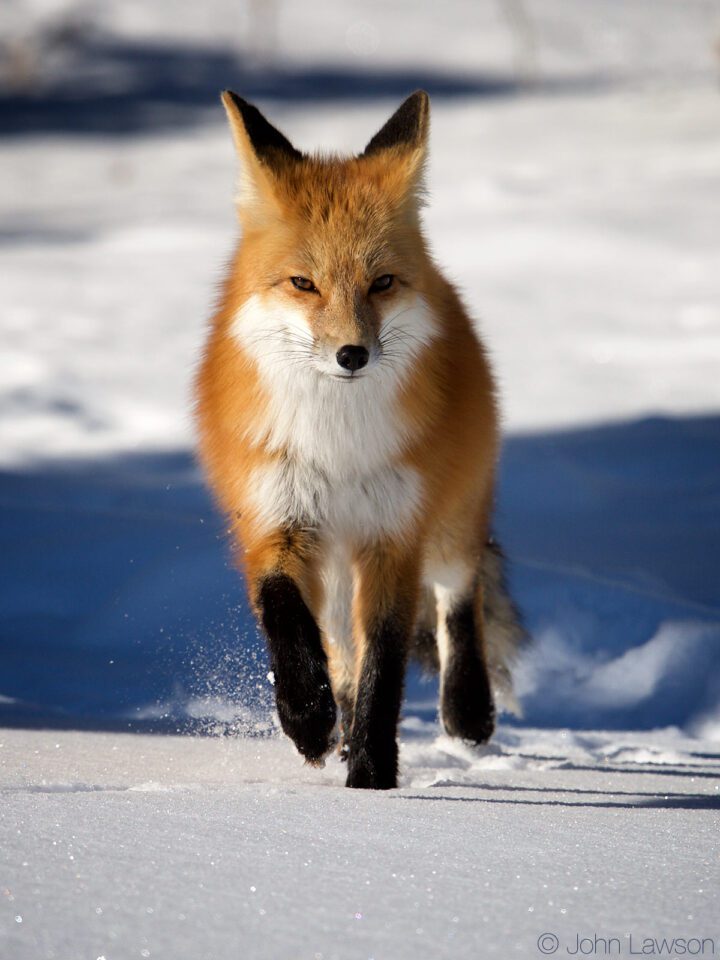
The lens collar on the 400mm f/2.8E VR is much easier to rotate than on the 400mm f/2.8G VR and the 600mm f/4G VR lenses, which is a dainty modify. The neckband on previous-generation lenses has quite a lot of friction and although it rotates smoothly, it seems unnecessarily tight. The collar on the 400mm f/2.8E VR is a definite improvement, as noticed by both myself and John Lawson.
Information technology goes without maxim that the Nikon 400mm f/two.8E VR is a rugged professional person lens designed to withstand physical corruption in all kinds of environments and tough weather conditions. Nikon specifically engineered its super-telephoto lenses to be used and abused in the field, putting actress effort in properly sealing such lenses to withstand and repel grit and wet. The front element of the lens is coated with the new fluorine coating material, which does not hold water droplets in place like regular drinking glass does, allowing water, mud, and other fabric to simply glide down from the surface of the lens. For sports and wildlife shooters working in the field in tough environments, this could be quite a positive change, every bit they would non have to worry most constantly looking at the front element to clean it in order to proceed up with the image quality. Take a look at the below video, which explains the benefits of the new fluorine coating:
When Nikon first released its 800mm f/v.6 lens with fluorite elements, many photographers were worried about the delicacy of the lens element and its potential for cracks when used in extremely cold temperatures. Although even the first versions of fluorite glass were already tough (and Canon has been producing lenses with fluorite drinking glass since 1960s), drinking glass molding engineering science has only gotten better, which means that the fluorite elements used today in lenses are far less prone to potential issues. In reality, the only way one could get a fluorite lens to scissure, would exist to mix two extreme temperatures together – say by boiling a lens element in hot water, then putting it into ice water, or cooling the element to freezing temperature, then pouring hot boiling water on superlative. Since the first fluorite lens chemical element is hidden behind a protective filter, unless you lot intermission that outset piece of glass, the adventure of getting the fluorite drinking glass element subjected to such potential "experiments" is close to none. In nature, fluorite is tough and volition not be prone to shattering to pieces if you driblet a lens more than than a regular glass element. Thus, you lot can employ these new lenses with fluorite with conviction. To reduce the chances of potentially scratching or breaking the forepart element and to reduce ghosting and flare, you should always be using the lens with the provided lens hood.
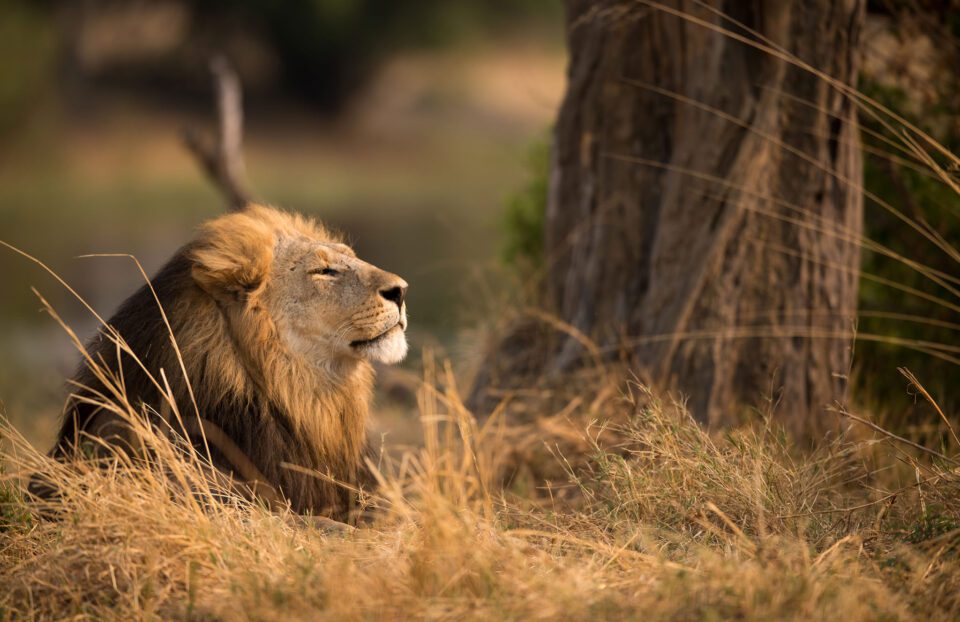
NIKON D800 + 400mm f/two.8 @ ISO 100, ane/640, f/2.eight
When it comes to manual focus operation, the focus ring is smooth and very easy to operate. When you motion the focus band and accomplish the focus limit, the ring continues rotation with piddling resistance in either management. Different its predecessor that featured a carve up VR ring to turn VR on and off, the new 400mm f/ii.8E FL VR finally has a switch on the side of the lens. This is some other great improvement to handling, because you can now switch VR manner operation without having to expect downwardly on the lens to meet what position VR is on, or worrying about potentially breaking the mechanical ring. Some other switch that I employ and change on telephoto lenses is focus limiter. Y'all can fix it to "Full" or "∞-6m" marks, which stand for focusing from the minimum focus altitude of 2.6 meters to infinity (Full) and from 6 meters to infinity (∞-6m). By default, mine is always set to the latter, because information technology saves a lot of time when the lens hunts for focus in challenging situations. When set to "Full", telephoto lenses have about twice longer to go from closest focus to infinity, while the focus limit switch restricts the ability to focus on objects closer than half dozen meters, eliminating the extra rotations that slow down autofocus. If you photo subjects closer than 6 meters, then you will demand to set up the switch back to "Full" to allow the lens to focus. Speaking of minimum focus, Nikon's newer optical design reduced the minimum focusing distance from two.9 meters on the 400mm f/two.8G VR to 2.six meters on the 400mm f/2.8E VR, so yous can now get even closer to your subjects. The good news is that this change did non come up with a "focus animate" consequence – I did non run across differences in the field of view betwixt the older 400mm and the newer lens at varying distances.
The simply handling complaint is the location of the focus lock buttons on the front butt of the lens. They are positioned depression and close to the focus ring so you have to sentry your hand placement or while pressing the focus lock you lot tin can defocus the lens unintentionally. Not a large deal for those who do not rely on the focus lock button, but tin be something to watch out for others.

NIKON D4S + 400mm f/ii.8 @ ISO 100, i/1250, f/2.eight
Another positive ergonomic change is the newly designed HK-38 lens hood. Thankfully, you no longer have to fiddle with a two-piece lens hood similar on the 400mm f/ii.8G VR lens, which will reduce the amount of time it takes to put the setup together when shooting in the field. To reduce flare and protect the front of the lens, I advise leaving it on the lens at all times. If you need to put the hood away, contrary mounting the hood on the lens volition piece of work great. In fact, with the lens hood mounted in reverse, I was able to fit both in my Think Tank Aerodrome Commuter haversack (run into Tom Redd'southward excellent review):
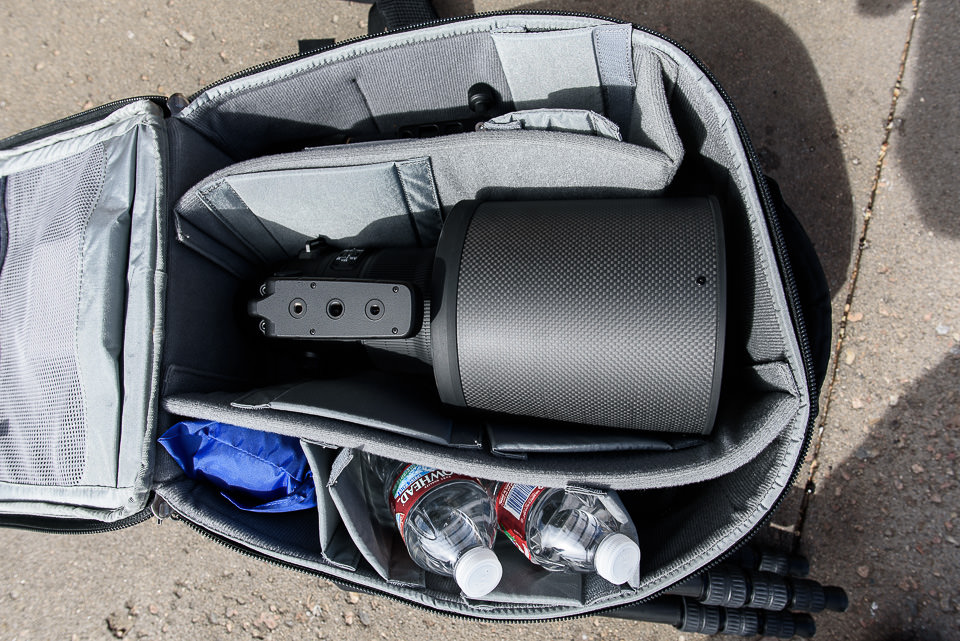
I know this looks giddy, but I actually walked for quite a while with both 400mm f/ii.8E VR and my 300mm f/4D AF-Southward lenses inside my backpack!
If transporting the lens in such a mode does not work for yous, the included CT-405 torso case that is made from highly durable aluminum volition do a better job at keeping the lens protected.

Autofocus Speed and Accurateness
Just like all high-end Nikon super-telephoto lenses, the Nikon 400mm f/2.8E VR is equipped with Internal Focus (IF) and Silent Wave Motor (SWM) for super fast autofocus operation. Autofocus is incredibly fast – Nikon only puts its all-time loftier-speed motors in such lenses, then AF is pushed to its limits. Putting both 400mm f/2.8G VR and 400mm f/2.8E VR next, I could not see changes in AF speed and I honestly did not expect to see improvements, as it is difficult to button the envelope even higher. The lens snaps into focus instantly and silently, thanks to the Silent Wave Motor. John Lawson pointed out that the VR mechanism makes quite a different noise compared to his 600mm f/4G VR and I felt a similar change in the sound betwixt the new 400mm f/2.8E and its predecessor likewise. The noise is not necessarily quieter, information technology is just of a dissimilar pitch.

Autofocusing works very well, even in low-lite environments. I used the lens on several Nikon DSLRs similar Nikon Df, D750 and D810 and information technology focused extremely well on all three. John Lawson tried out the 400mm f/2.8E VR on Tom Redd's Nikon D4 with and without teleconverters and he was very impressed with the results, particularly when working in low light situations. He struggled a bit with sharpness and AF using the 2x teleconverter in dim light, but was quite happy with sharpness at f/viii and AF performance when shooting in brighter weather.
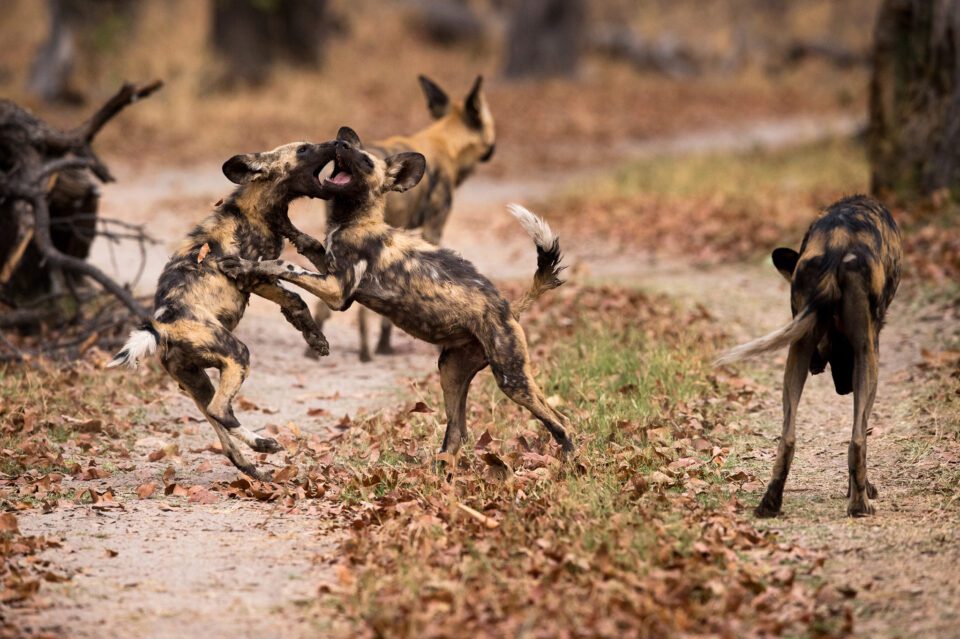
NIKON D4S + 400mm f/2.viii @ ISO 3600, 1/800, f/five.0
Our collective notes on AF and sharpness performance using teleconverters are provided further downward beneath.
Source: https://photographylife.com/reviews/nikon-400mm-f2-8e-fl-ed-vr
0 Response to "Kalimar 400mm F63 Telephoto Manual-focus Lens for Nikon F Mount Reviews"
Postar um comentário